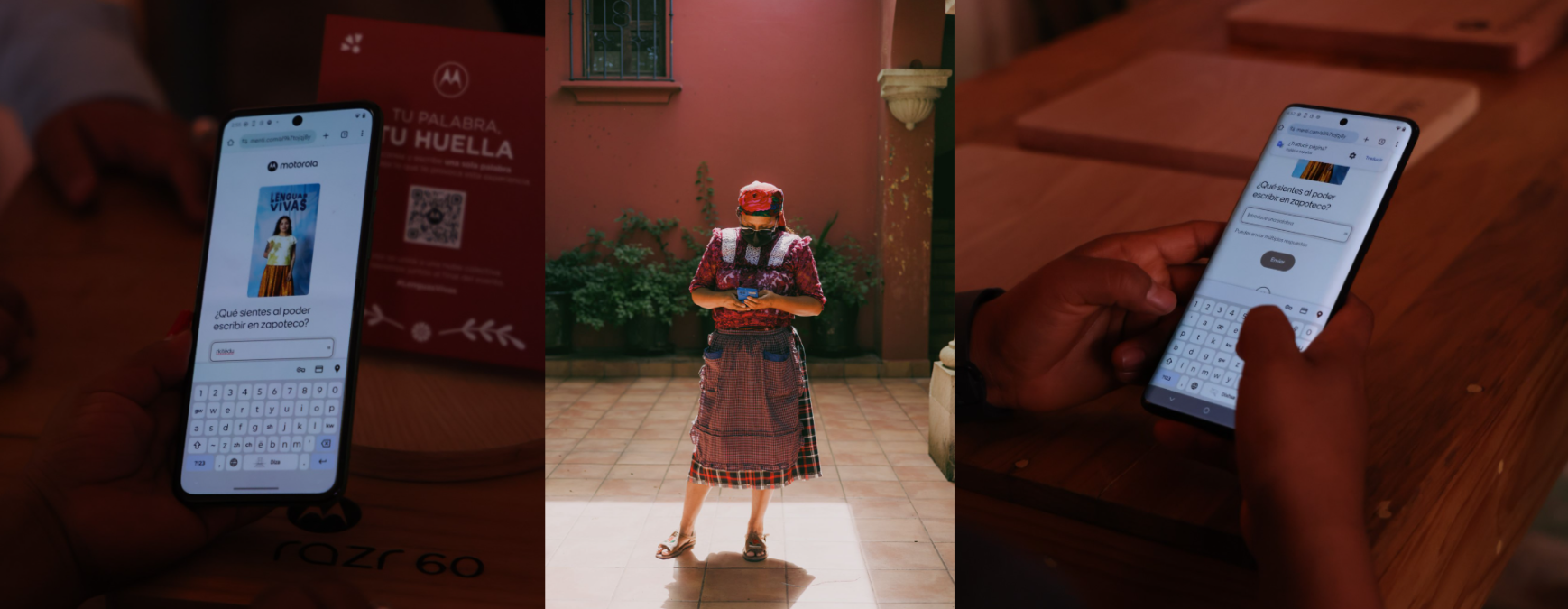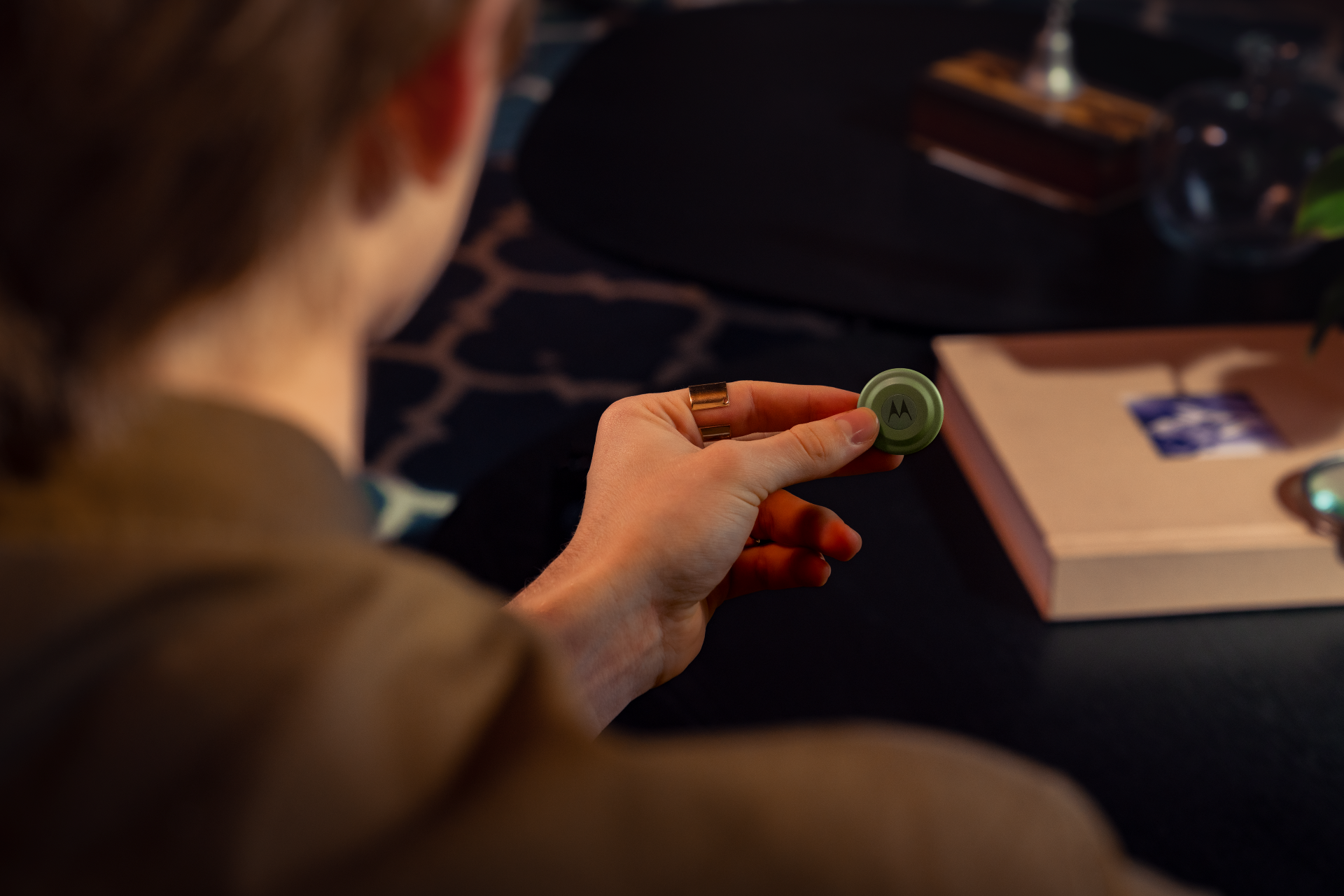
When smartphones were first introduced, most of them had 60Hz refresh rates – and improvements were mostly being made to meet the needs of mobile gamers. But these days, it is becoming increasingly common across all tiers of mobile devices to find smartphones with 90Hz, 120Hz or even 144Hz refresh rate displays, previously exclusive to high-end devices. Much of this improvement can be associated with technological advances – but for Motorola, it comes from an understanding of consumer needs. As consumers spend more time on their phones, catching up on the news, scrolling through social media and watching their favorite shows – the need for better refresh rates has become clear.
So as better refresh rates become more common, we’re uncovering what refresh rate is, what makes a refresh rate ‘good’, and why it’s relevant – not just among gamers — but for all smartphone users.
What is a refresh rate?
Although it may not seem like it, the screens of our smartphones are constantly turning on and off. It shows an image and turns off in milliseconds, constantly. The human eye makes sure that we cannot see that process – a phenomenon known as “retinal persistence”. Exactly, the one that made cinematography possible in the late nineteenth century, which was nothing more than a rapid succession of photographs.
The Hertz of a screen is then the number of times an image turns on and off per second. So a 60Hz display would refresh the image 60 times, 90Hz would refresh 90 times, and so on. This happens thanks to constant communication with the GPU, the chip that is responsible for “telling” the screen what it has to project. All in milliseconds.
What are the benefits of a faster refresh rate?
Faster refresh rates allow for smoother animations and harmonic scrolling, without losing detail. And when it comes to gaming, the benefit is even clearer: no detail of what is happening on the screen is lost, a key feature for those games where you need to react quickly. More Hz means a better screen experience.
Doesn’t that consume more battery? It is true and hence the response of the manufacturers. The moto g20, for example, is an accessible cell phone with a 90Hz screen that includes a 5,000 mAh battery, enough for more than two days of autonomy. And when setting up the device’s display, users can choose the refresh rate they want, 60Hz or 90Hz, so you have the ability to control when you want to use a better refresh rate or when you want to conserve some battery.
The 90Hz screens also raise the refresh rate and perception of fluidity by 50% compared to previous generations of smartphones with 60Hz screens. This percentage is even higher in devices such as the moto g60, which has a 120Hz display, and the new motorola edge 20 pro and motorola edge 20 and on the moto g 200, which have a 144Hz display, the fastest refresh rate in the industry.
What features or apps do refresh rate impact on my smartphone?
In addition to gaming, the benefits of a good refresh rate can be seen in most of the actions we take during the day, including scrolling for a contact, checking your emails, reading the news, jumping from one app to another, and browsing social media.
It’s clear that having a good refresh rate can enhance our daily smartphone experiences. And at Motorola, we believe it’s important to bring these better refresh rates to more consumers across various price points.




